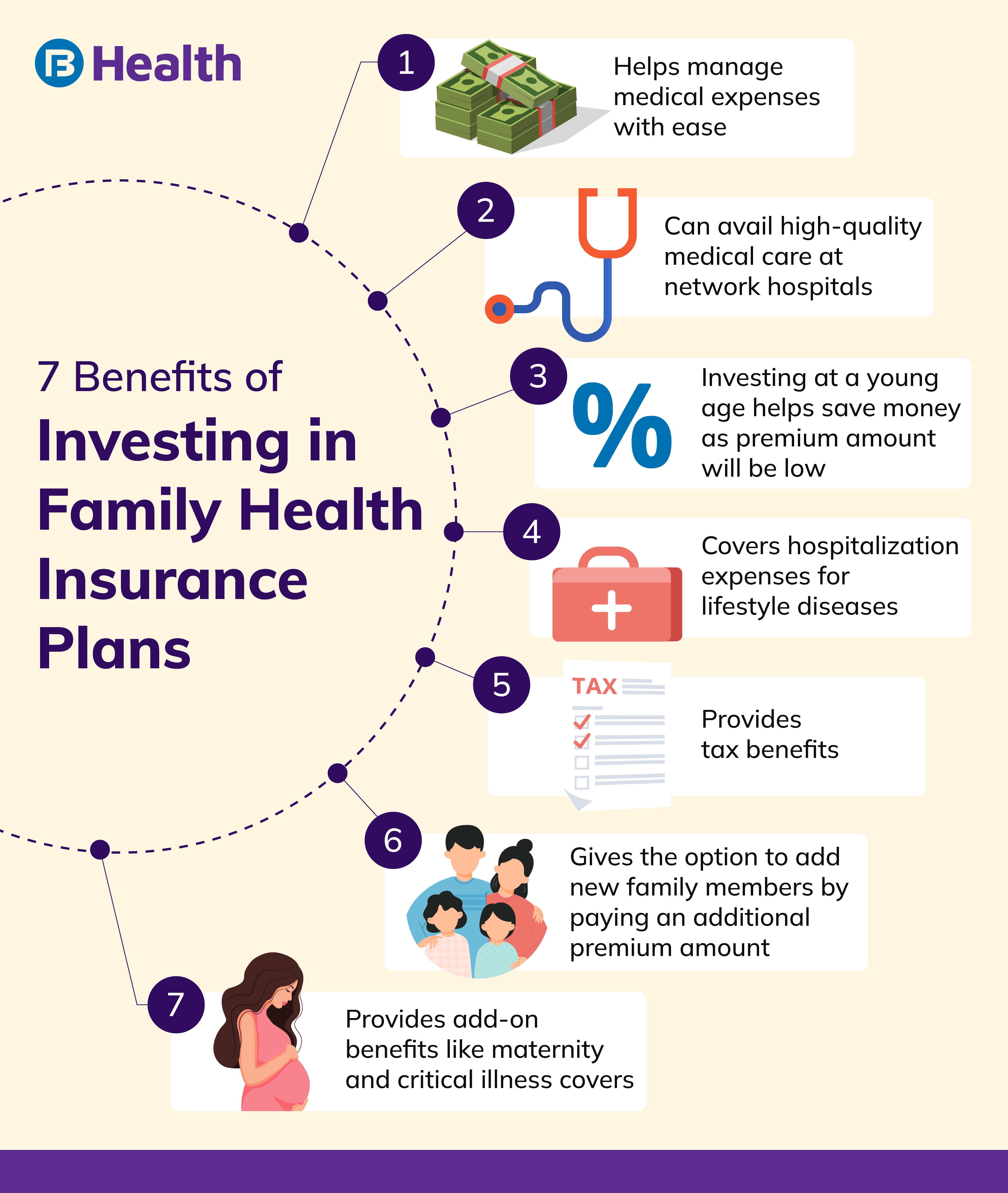As a parent, one of the most significant concerns you may have is ensuring your family’s health and well-being. Health insurance for families is an essential aspect of achieving this goal. It can be overwhelming to navigate the complexities of family health insurance, but understanding how it works can help you make informed decisions.

Health insurance for families typically covers dependents, which include your spouse and children under a certain age, usually 26. The primary goal of family health insurance is to protect your loved ones from financial strain in the event of unexpected medical expenses.
Types of Family Health Insurance Plans
There are several types of family health insurance plans available, including:
- Employer-sponsored plans: Many employers offer health insurance as part of their employee benefits package. These plans often cover a significant portion of premiums, making them an attractive option for families.
- Individual and family plans: You can purchase individual and family plans directly from insurance providers or through the health insurance marketplace. These plans may offer more flexibility in terms of network providers and coverage levels.
- Medicaid and the Children’s Health Insurance Program (CHIP): If your family has limited income, you may be eligible for Medicaid or CHIP. These programs provide low-cost or free health insurance for low-income families.
- Short-term health insurance: Short-term health insurance plans offer temporary coverage, typically lasting up to 12 months. While they are often less expensive than other plans, they may not provide comprehensive coverage.
Key Components of Family Health Insurance
When evaluating family health insurance plans, it’s essential to consider the following key components:
- Premiums: This is the amount you pay each month for your health insurance plan.
- Deductible: This is the amount you must pay out-of-pocket before your insurance plan kicks in.
- Co-payments and coinsurance: These are the amounts you pay for healthcare services, such as doctor visits or prescriptions.
- Network providers: This refers to the healthcare providers who participate in your insurance plan. Some plans may have a narrower network than others.
- Out-of-pocket maximum: This is the maximum amount you must pay for healthcare expenses within a calendar year.
Choosing the Right Family Health Insurance Plan
Selecting the right family health insurance plan can be overwhelming, but considering the following factors can help:
- Assess your family’s healthcare needs: Take into account any ongoing medical conditions or expected healthcare expenses.
- Compare plan costs: Evaluate the premiums, deductibles, co-payments, and coinsurance for each plan.
- Check the network providers: Ensure the plan includes your preferred healthcare providers in its network.
- Evaluate additional benefits: Some plans may offer additional benefits, such as dental or vision coverage.
Conclusion
Family health insurance can provide peace of mind and financial protection for your loved ones. By understanding how health insurance for families works and considering the key components of each plan, you can make an informed decision about which plan is best for you. Always evaluate your options and don’t hesitate to ask for advice from a licensed insurance professional if needed.




